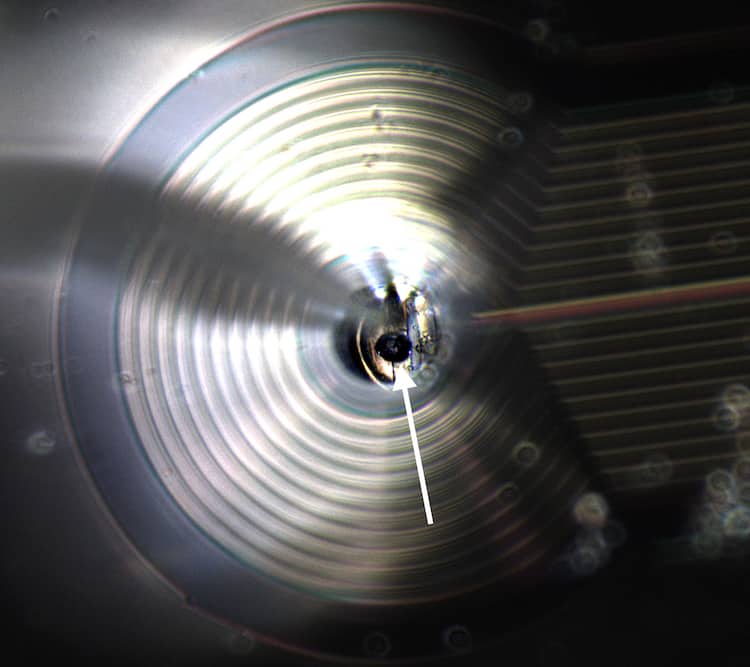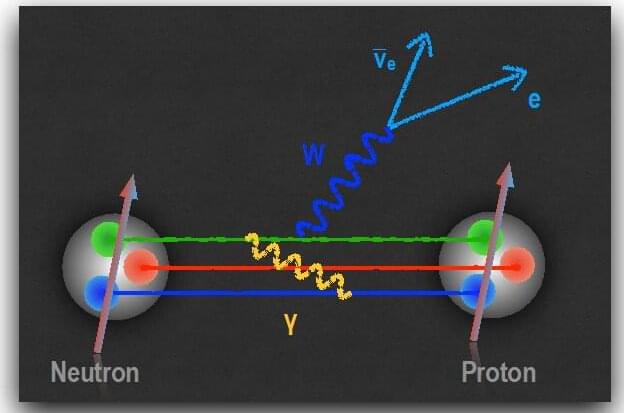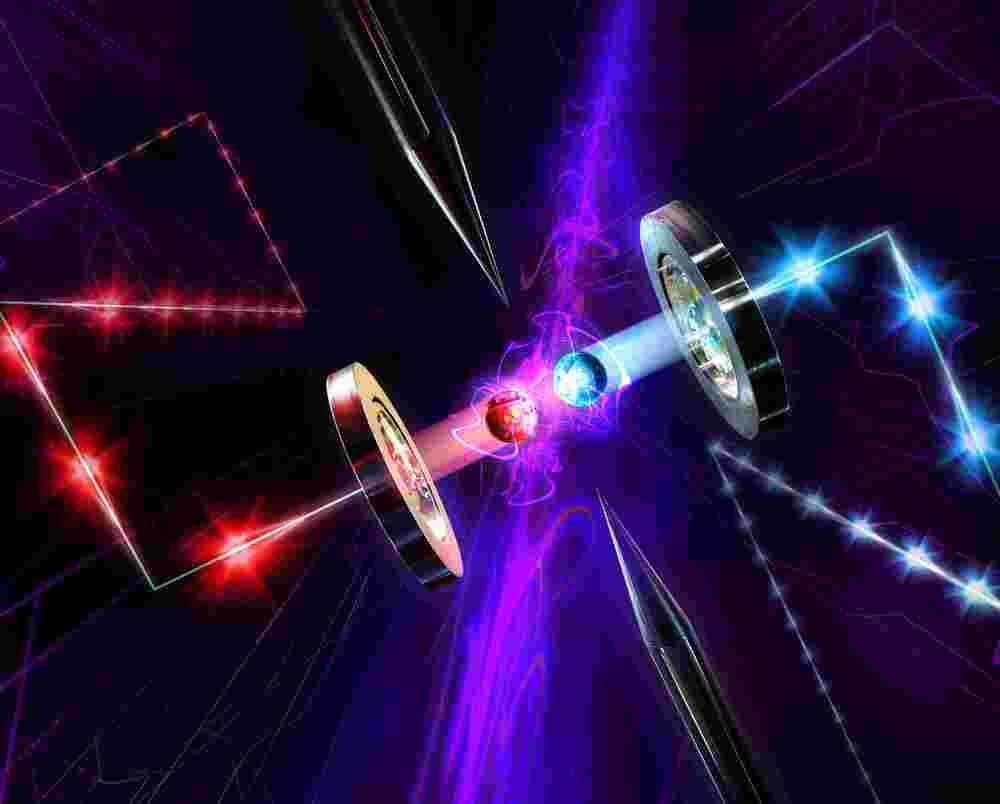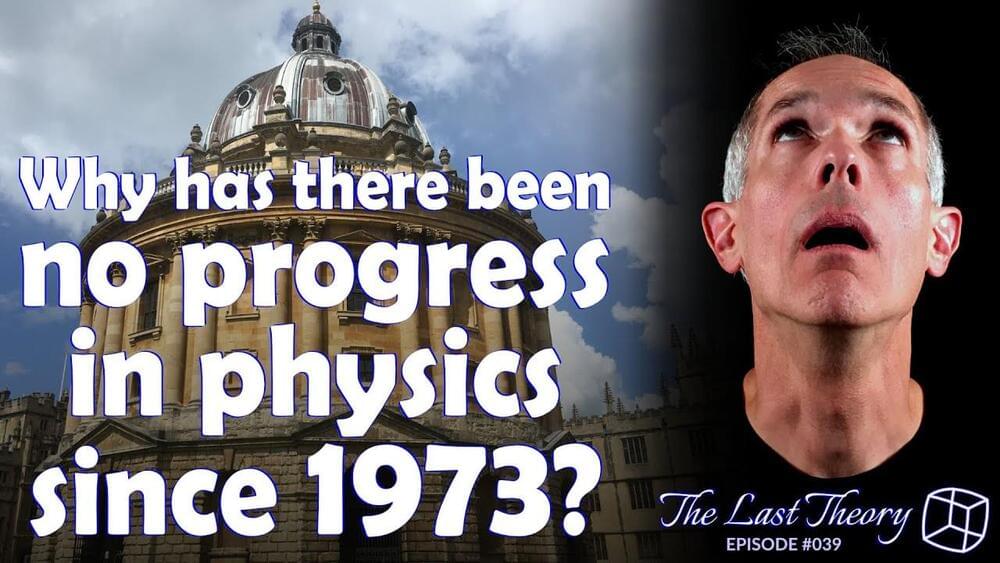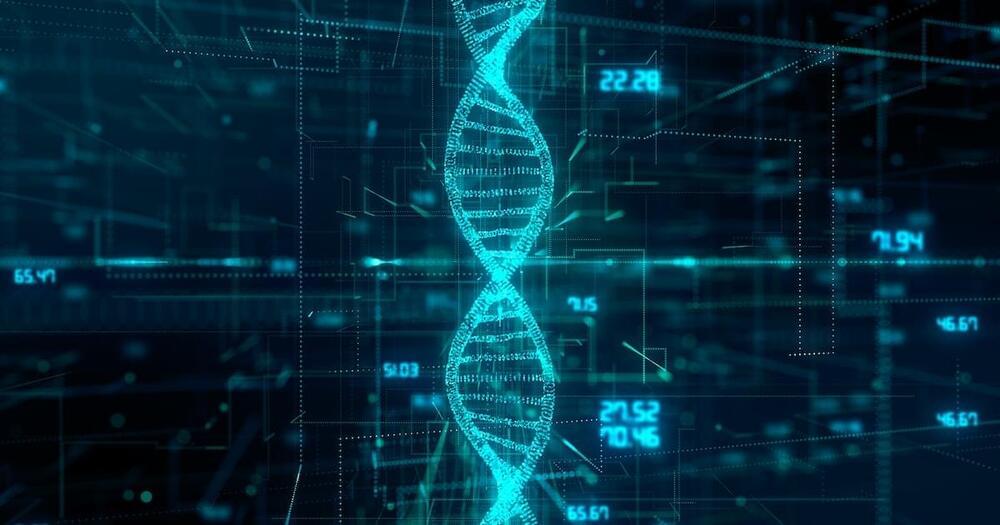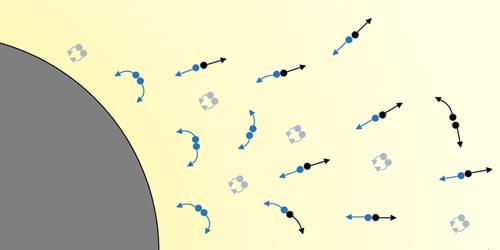Jun 7, 2023
Physicists discover an exotic material made of bosons
Posted by Paul Battista in categories: materials, particle physics
Take a lattice—a flat section of a grid of uniform cells, like a window screen or a honeycomb—and lay another, similar lattice above it. But instead of trying to line up the edges or the cells of both lattices, give the top grid a twist so that you can see portions of the lower one through it. This new, third pattern is a moiré, and it’s between this type of overlapping arrangement of lattices of tungsten diselenide and tungsten disulfide where UC Santa Barbara physicists found some interesting material behaviors.
“We discovered a new state of matter—a bosonic correlated insulator,” said Richen Xiong, a graduate student researcher in the group of UCSB condensed matter physicist Chenhao Jin, and the lead author of a paper that appears in the journal Science.
According to Xiong, Jin and collaborators from UCSB, Arizona State University and the National Institute for Materials Science in Japan, this is the first time such a material—a highly ordered crystal of bosonic particles called excitons—has been created in a “real” (as opposed to synthetic) matter system.

